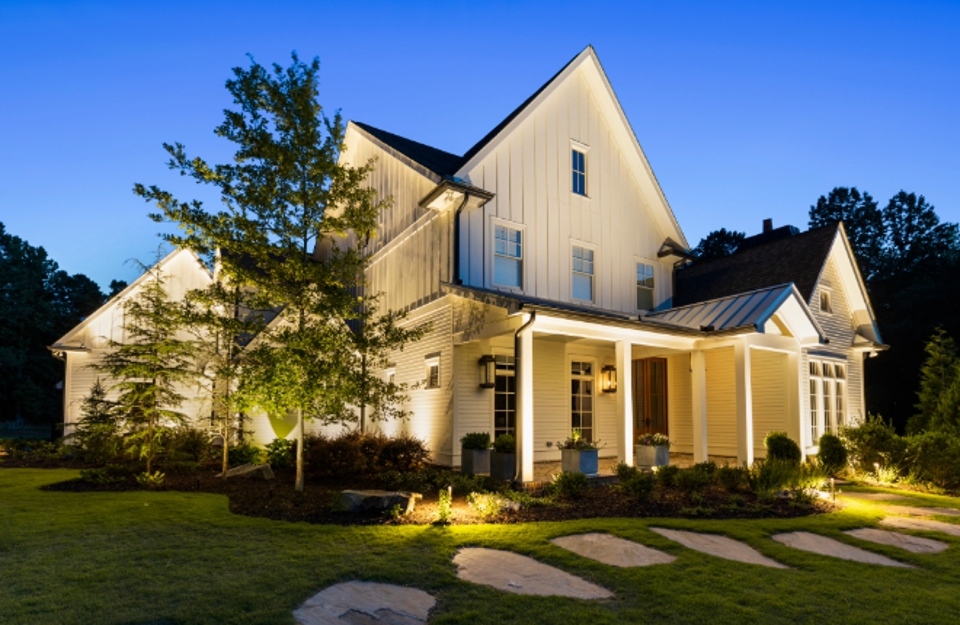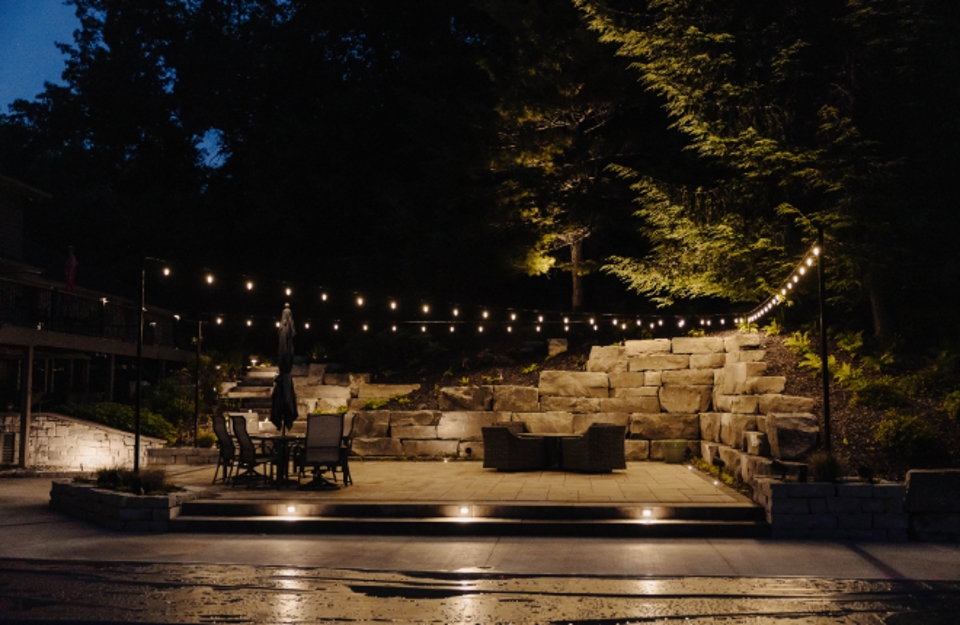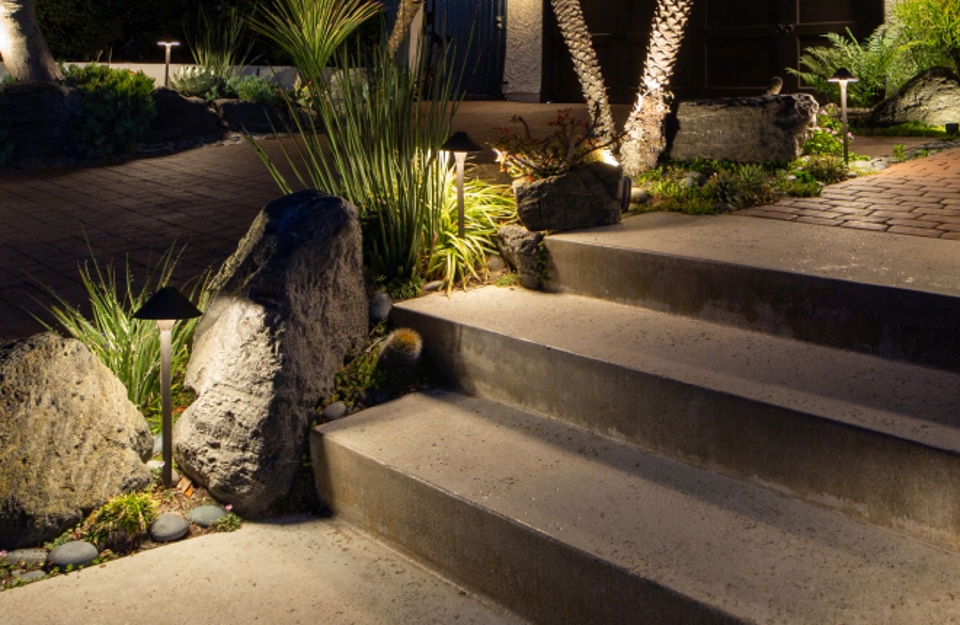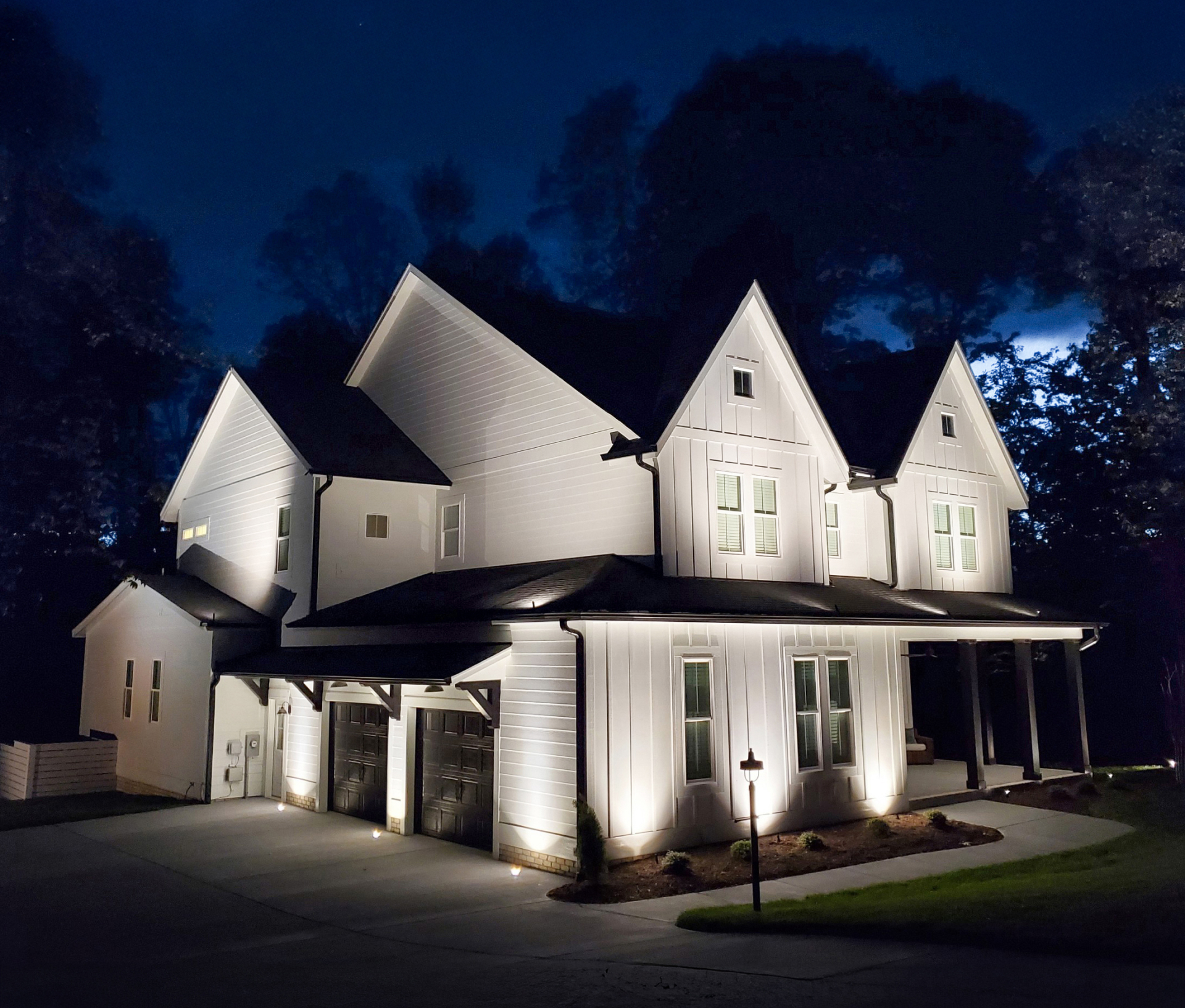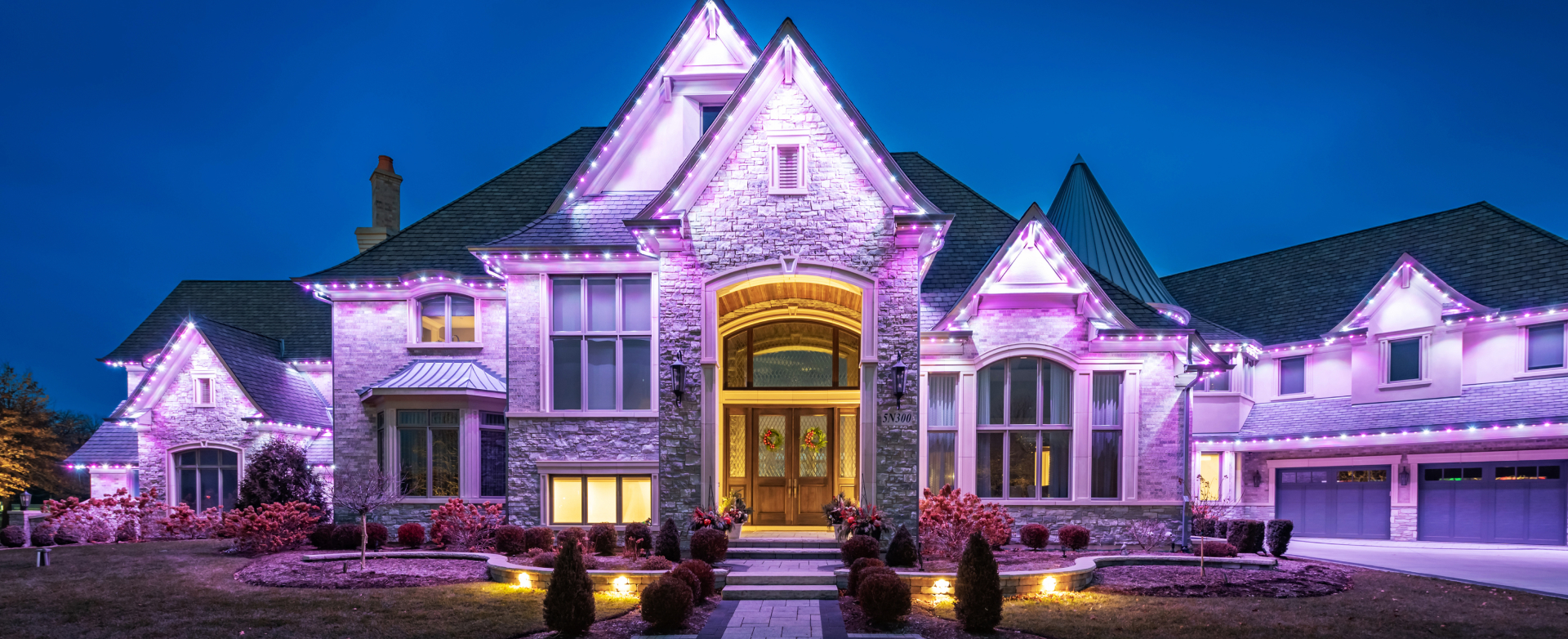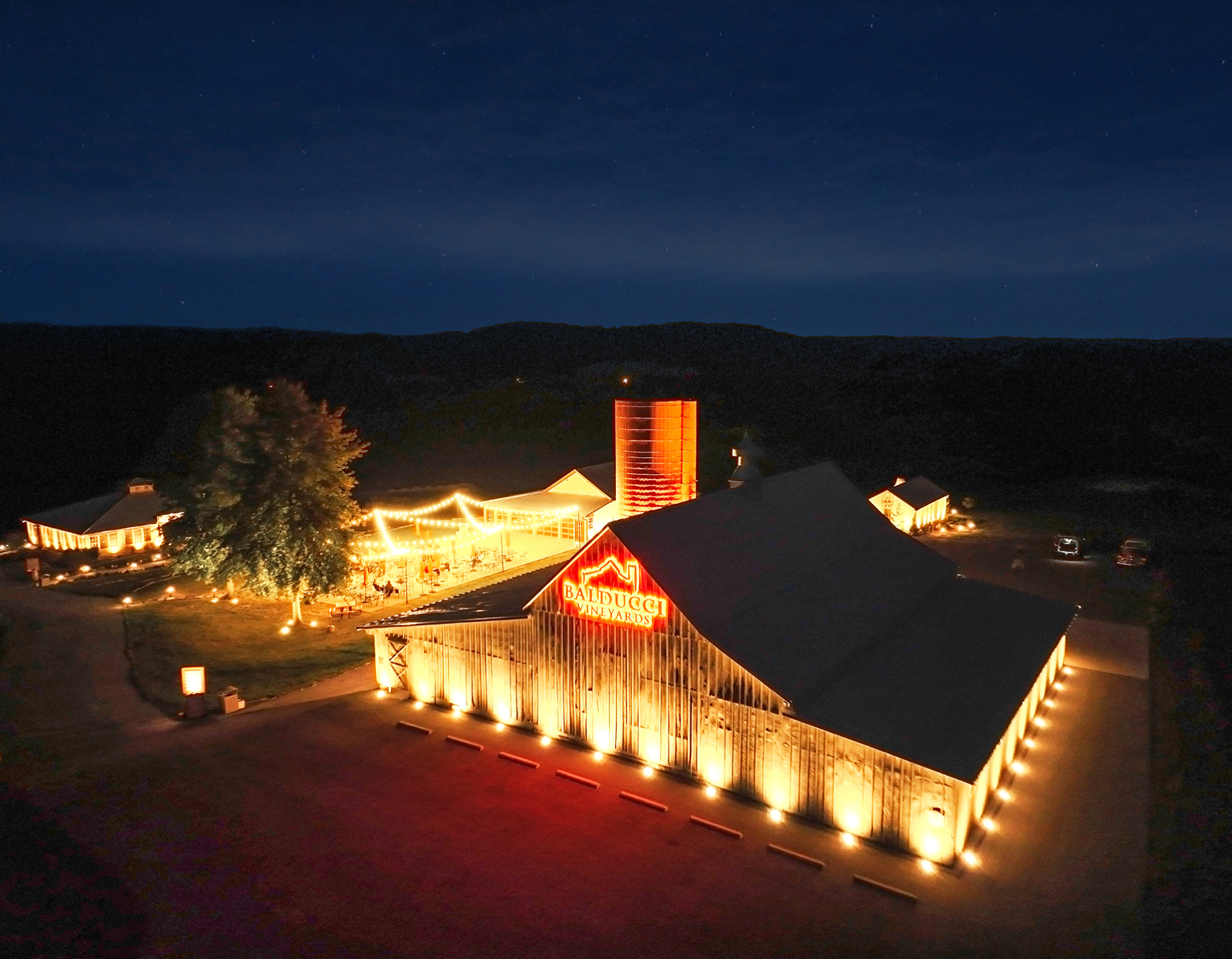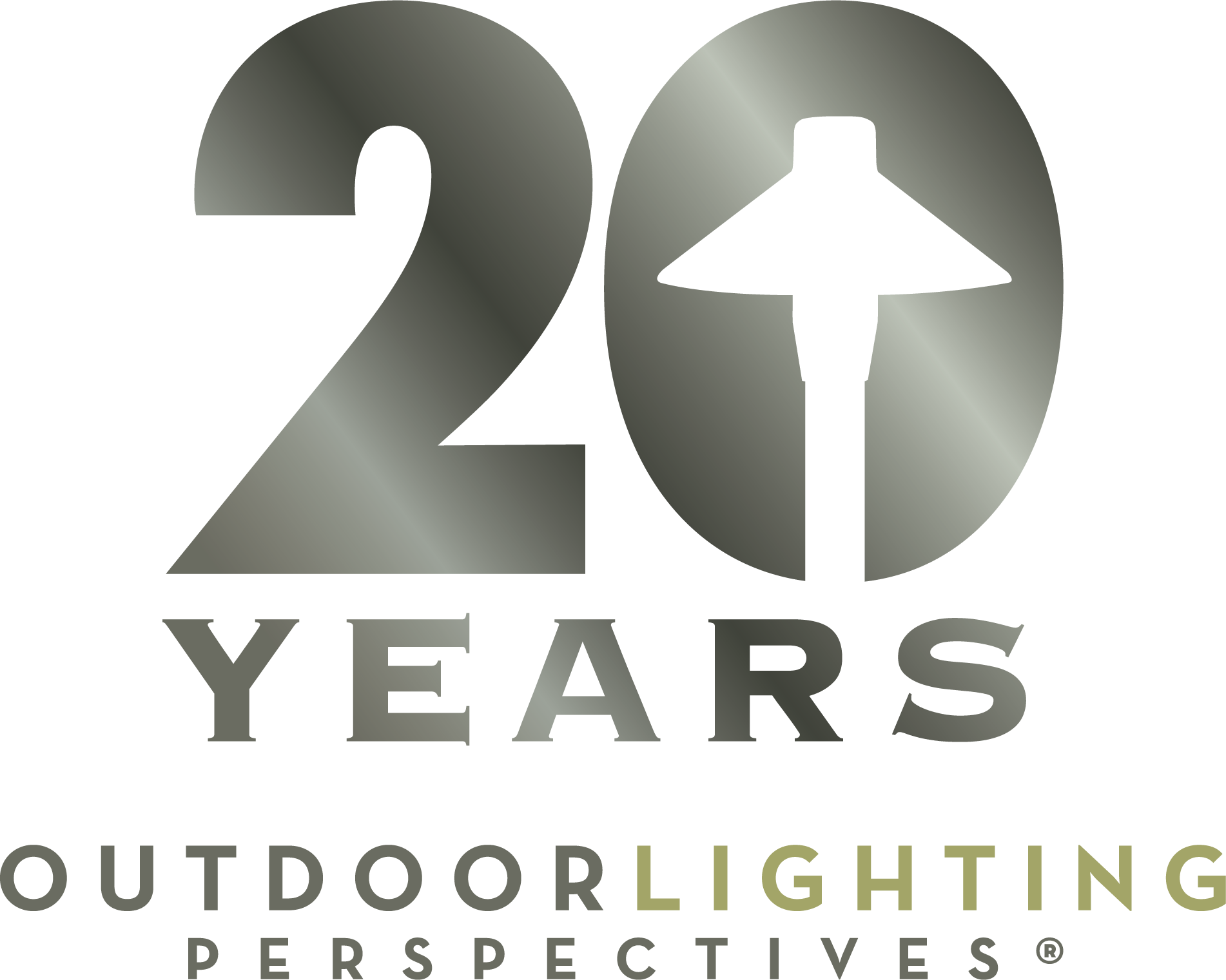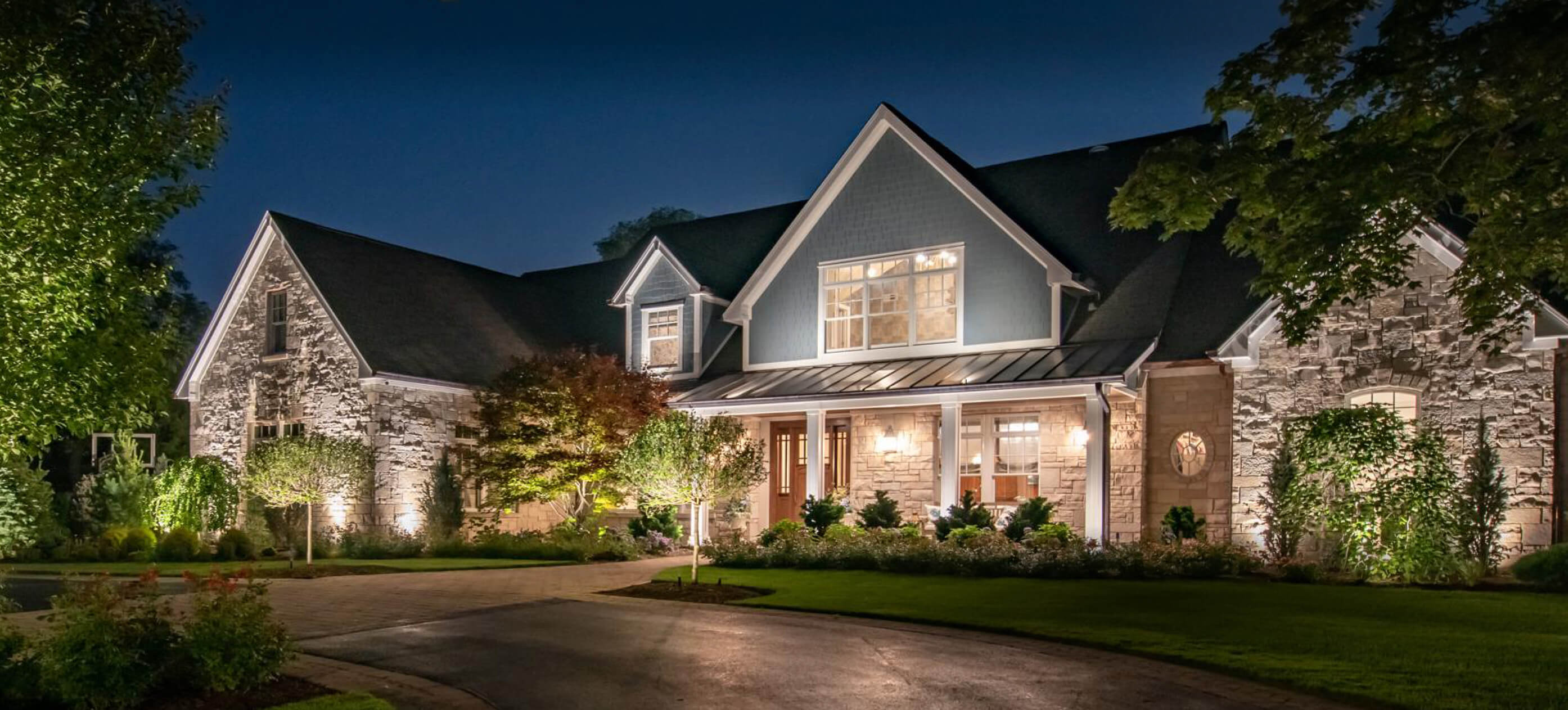
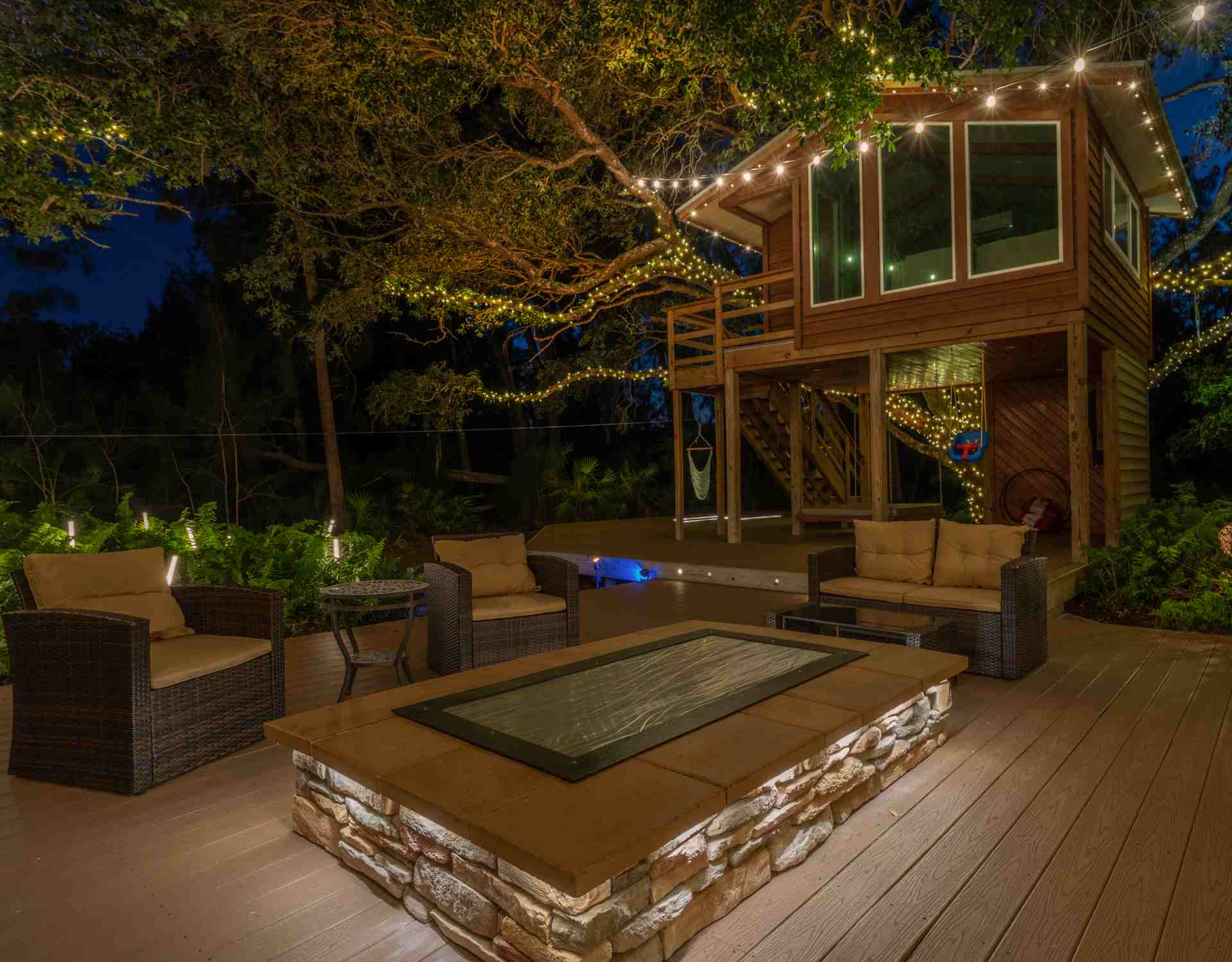
Professional Outdoor Lighting Services in Salt Lake City
Enhance Your Home's Appeal with Professional Landscape Lighting
When it comes to enhancing your home's curb appeal, outdoor lighting can make a huge difference. It creates a warm, welcoming atmosphere and enhances the aesthetic value of your property.
At Outdoor Lighting Perspectives, we transform outdoor spaces with stunning lighting displays. Our team is equipped and ready to showcase the beauty of your home and landscape in Salt Lake City, UT!
Ready to light up your night! Call (801) 850-0024 or contact us online to schedule a free design consultation with our outdoor lighting company!
Discover Our Premium Outdoor Lighting Products
We offer a wide range of lighting products to create amazing displays that will improve the look of your outdoor space:
- Our spotlights can highlight specific areas of your home or garden
- Our walkway lights can add both security and beauty to your home
- Our floodlights can illuminate architectural details
- Our holiday lights can create a festive atmosphere around your home when you want to celebrate
In addition to the aesthetic benefits, our outdoor lighting solutions are also practical and energy efficient. We use low-voltage LED lighting products that enhance energy efficiency and reduce monthly electricity bills. This means you can have the outdoor lighting you want without worrying about its costs.
illuminating excellence in everything we do
-
Tailored Lighting for Any PropertyExpertly designed lighting showcases your property’s best features.
-
White Glove ServiceYour satisfaction is our priority. Count on us for prompt, personalized attention.
-
Built for Beauty, Made to LastOur premium lighting solutions deliver enduring beauty and performance.
-
Here For You Now, and in the FutureAfter Install, we’ll help keep your lights shining bright with our maintenance services.

App-Controlled
Permanent Roofline Lighting
Click on the Phone App Below to View the Different Color Combinations


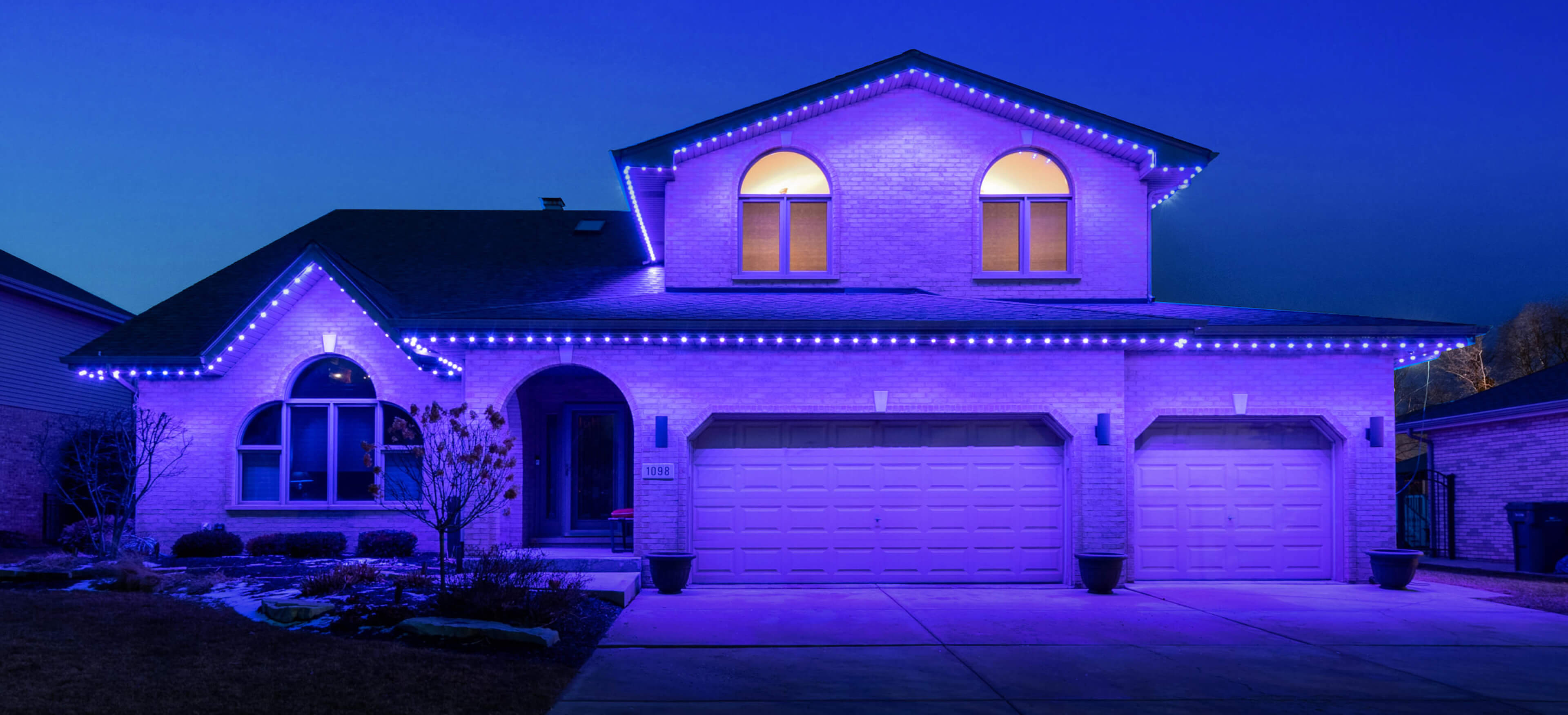
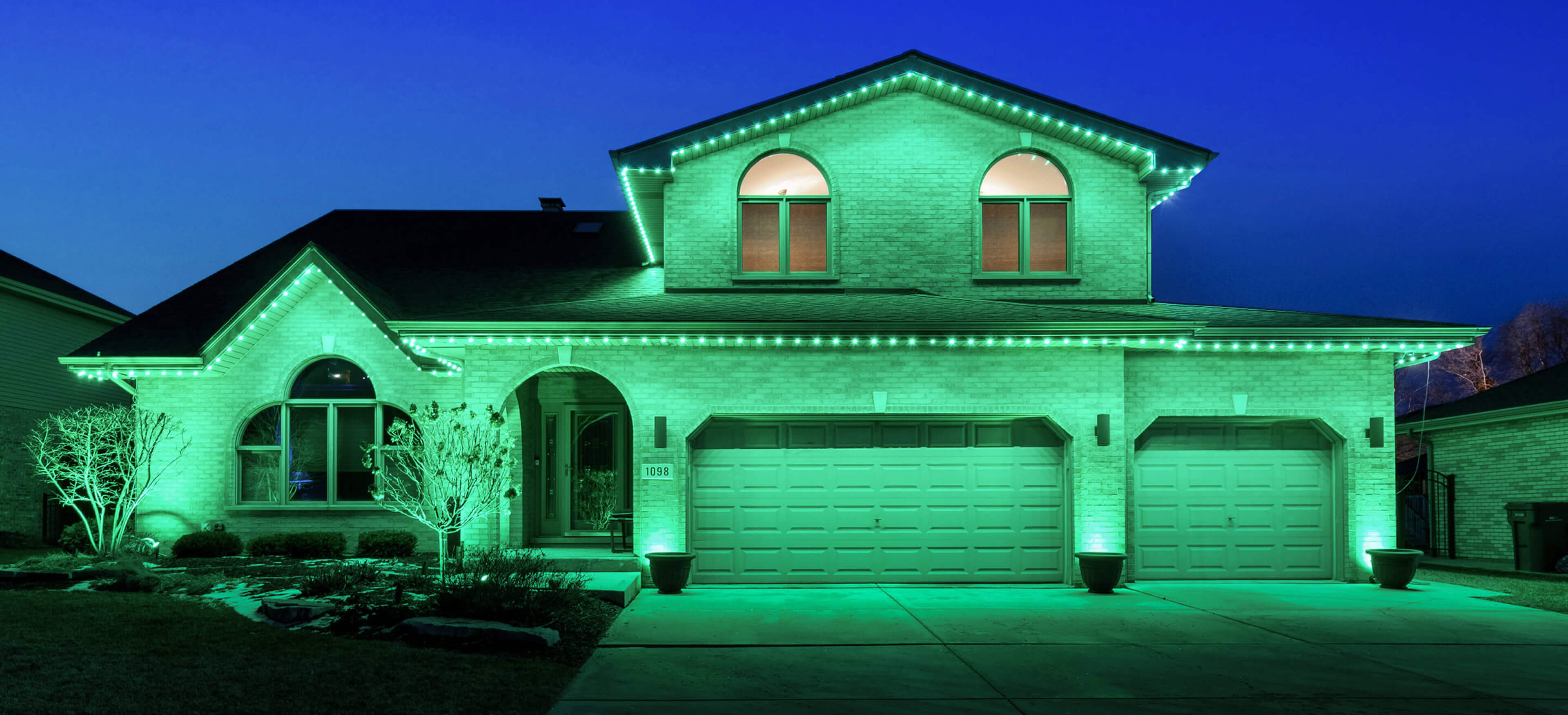
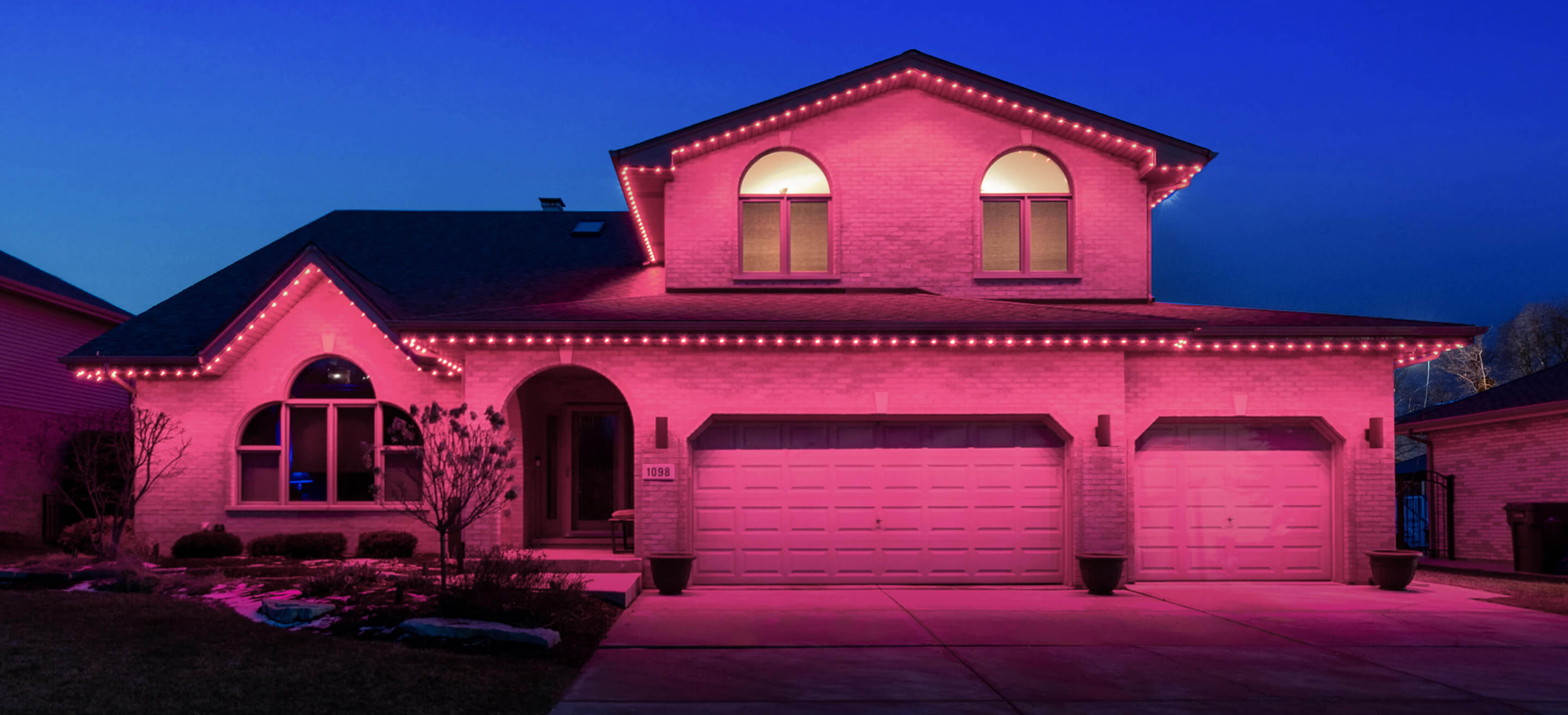
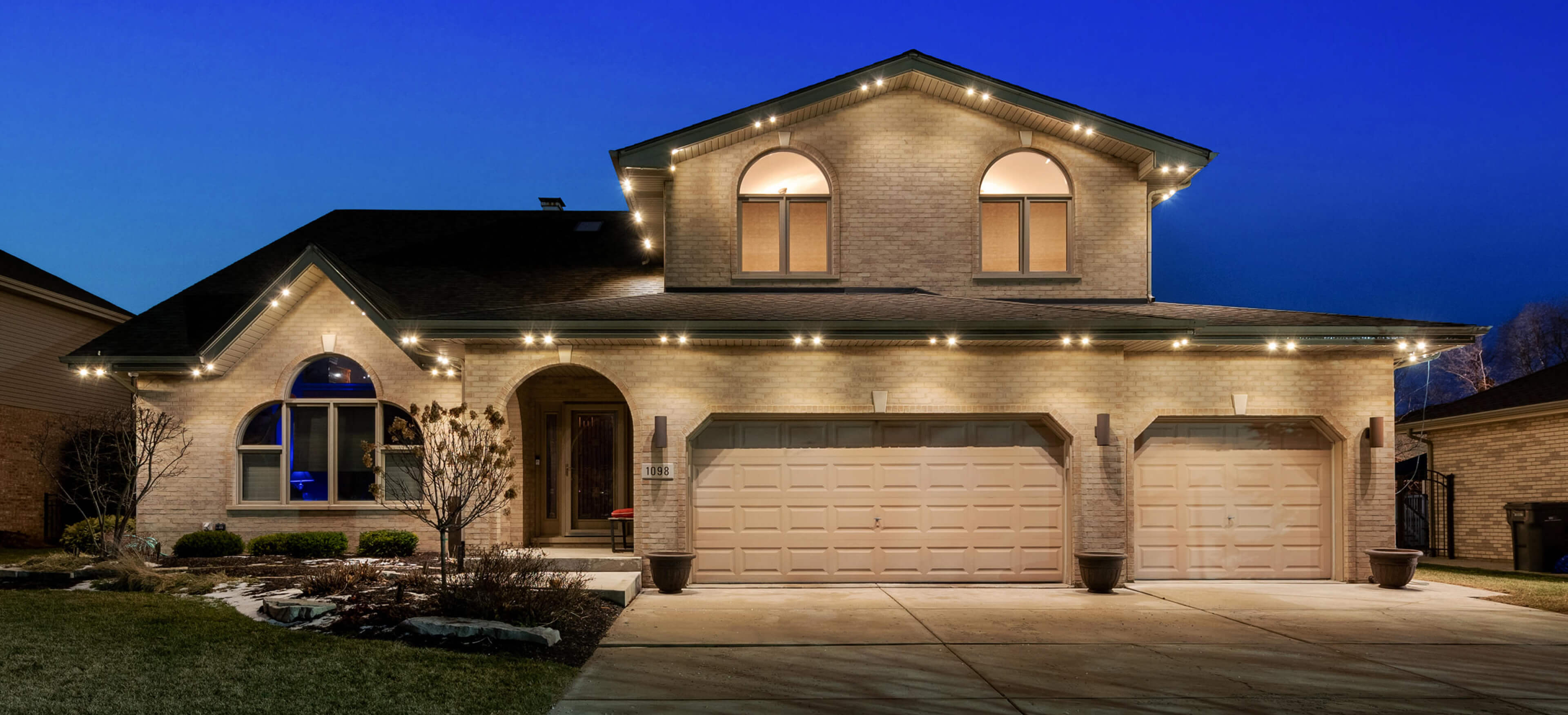
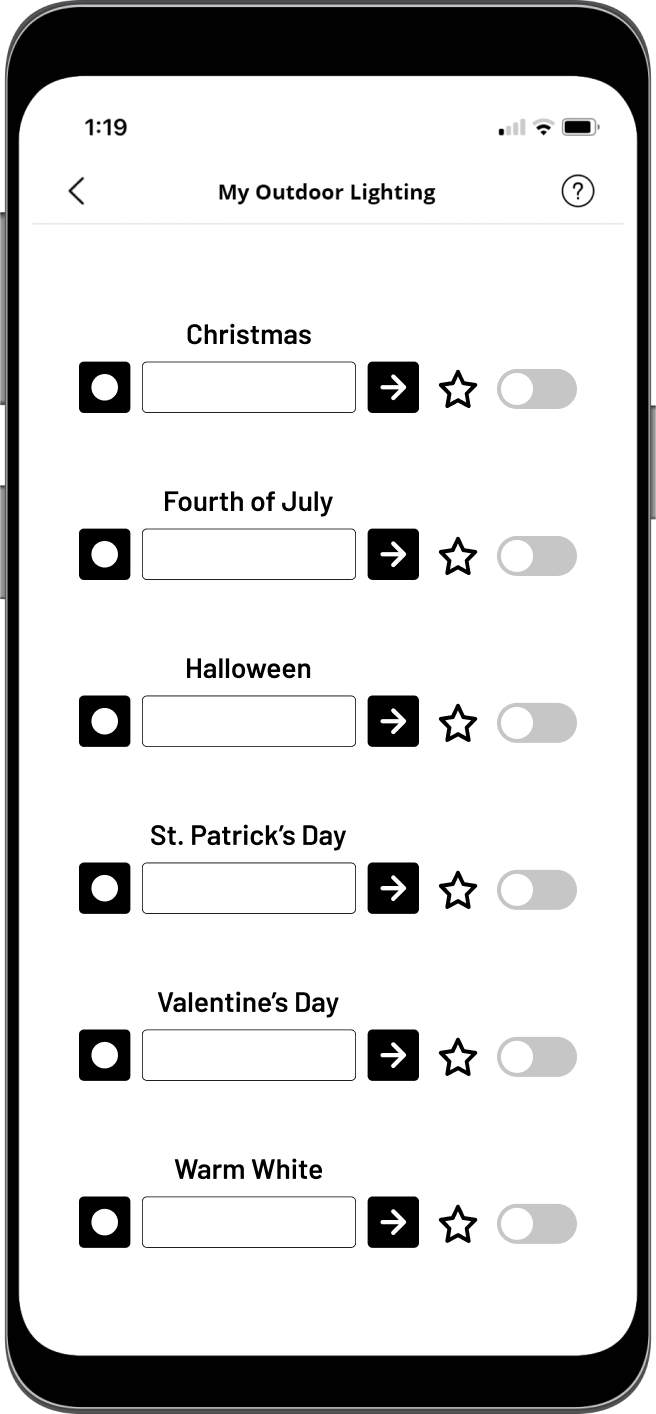
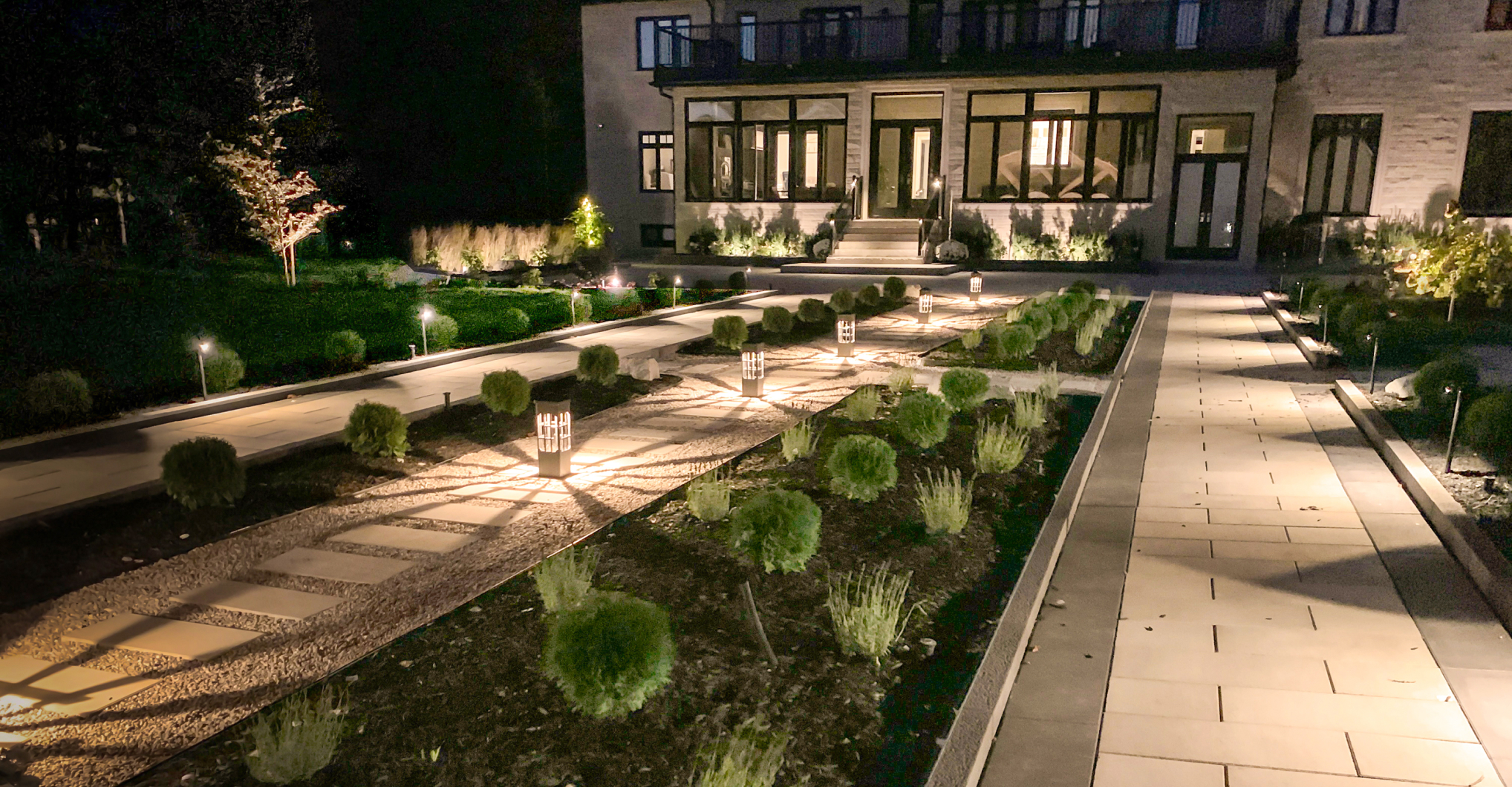
Bright Ideas with Real Results
-
“My wife and I were very pleased with Outdoor Lighting Perspectives. We wanted to make our backyard shine with new LED lighting and they definitely came through. They worked with us on the design and made sure we were happy with the finished product. Highly recommend!”- Marc D.
-
Amazing service, excellent pricing! They went the extra mile through the process. We spoke to 3 other companies and these guys smoked them all!- Mr. W.
-
“Flexibility and great follow-up service. Loved the fact that the technicians showed up when scheduled. We are delighted with the lighting. I'm a very satisfied customer and will not hesitate to recommend you. Great job.”- Cathy S.
-
Not that they need another 5 star review but they have one anyway. They came out to my house twice in an 8 month span to give me estimates. They were thorough, professional, and very respectful of my privacy.- John K.
-
“From design to installation, the process was seamless and professional. The lights have made our walking paths safer at night. The lighting plan for our landscaping, oak trees, and clubhouse has transformed our club. The results are breathtakingly beautiful. Thanks, Outdoor Lighting Perspectives.”- Robbie Ames- CCM, PGA - General Manager of Sea Pines Country Club
how we bring your property to life
-
1Connect & ConsultSchedule your complimentary lighting design consultation with our local design experts.
-
2Design and EstimateOur team professionally install your lights and provides a clear estimate.
-
3Install and MaintainWe’ll set up your lights, clean up after we’re done with our Shine365 program, and provide a year of complementary maintenance.


